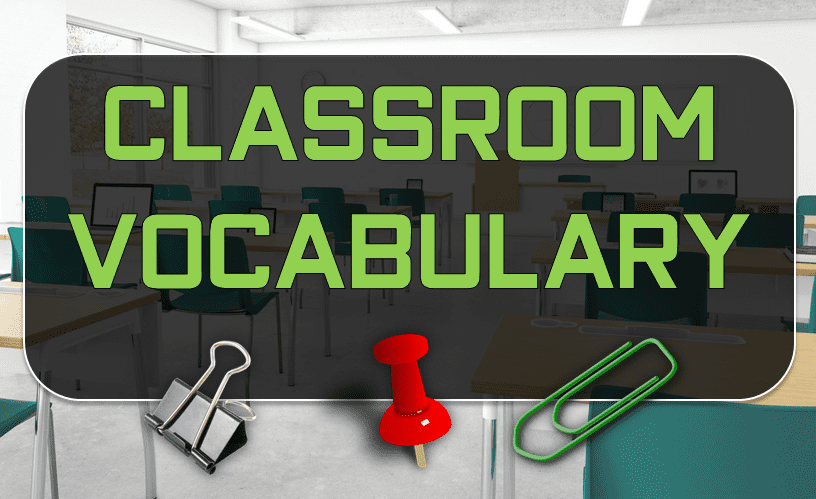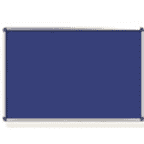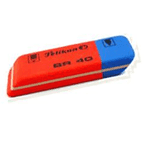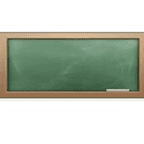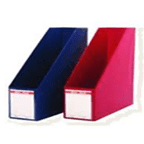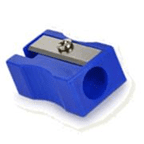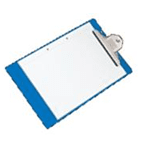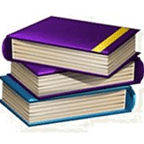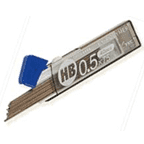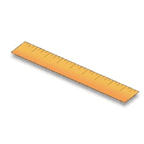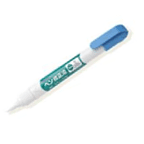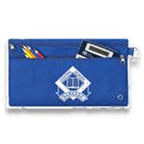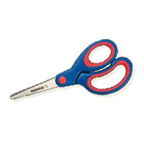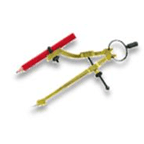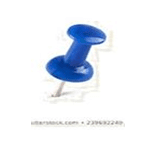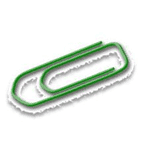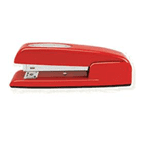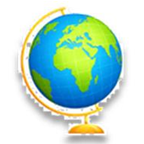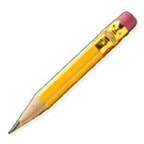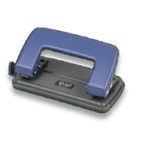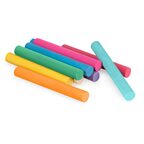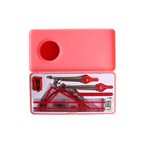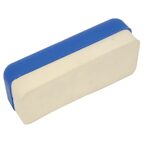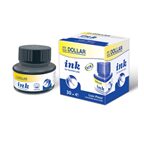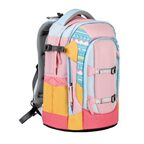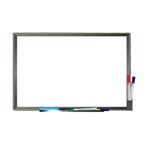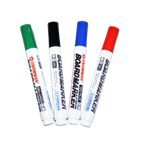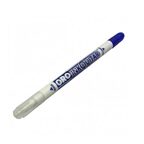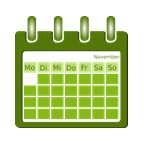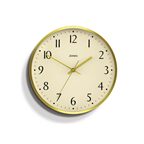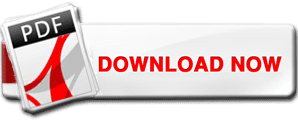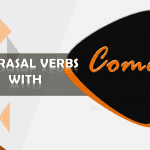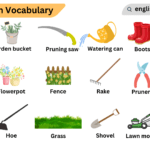Every classroom has many things that help students learn. These things are called classroom objects. When we talk about classroom vocabulary, we talk about the names of these things. Think about the pencil. We use it to write. Then there’s the blackboard or the smartboard. Teachers use them to show lessons. There are also desks and chairs. Students sit there to do their work. Some classrooms have a projector. This shows videos or pictures. There’s also a geometry box. It has tools for math lessons, like a compass. All these things are important for learning. Knowing the names of these classroom objects helps students understand and use them better. It’s good to learn this classroom vocabulary.
Classroom Vocabulary
Download PDF Lesson Here ⬇
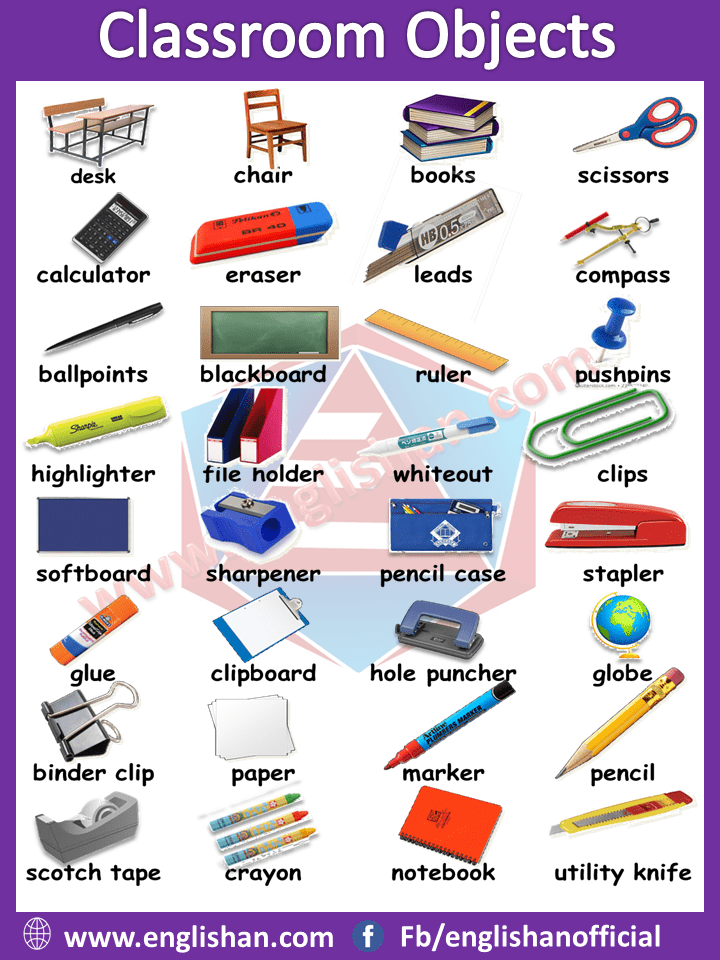
Classroom Objects and Their Uses
- Chalkboard/Whiteboard: A large board at the front of the room where teachers write lessons and notes. It helps students see and understand the topic.
- Chalk/Markers: Used to write on the chalkboard or whiteboard. They make lessons clear and visible to everyone.
- Desks: Furniture pieces where students sit and write. They give a personal space for learning.
- Chairs: Used for sitting. They make sure students are comfortable while studying.
- Textbooks: Books that have the lessons and information on subjects. They provide the main material for studying.
- Notebooks: Used by students to write down notes and complete assignments. They help organize and store information.
- Pencils and Pens: Tools for writing. They help students jot down important points.
- Eraser: Removes pencil marks from paper. It corrects mistakes easily.
- Ruler: A straight-edged tool for measuring and drawing lines. It ensures accuracy in work.
- Pencil Sharpener: A device to sharpen pencils. It keeps pencils ready for writing.
- Maps: Displayed on walls, they help in geography lessons. They show countries, cities, and other geographical details.
- Globe: A spherical model of the Earth. It aids in understanding the world’s geography.
- Computer: Used for online learning, research, or presentations. It’s a digital tool for modern education.
- Projector: A device that displays images or videos on a screen. It makes lessons interactive and engaging.
- Clock: Hangs on the wall and tells the time. It helps manage class duration and breaks.
- Calculator: A device to do math calculations. It simplifies complex math problems.
- Scissors: A tool to cut paper. It helps in arts and crafts activities.
- Glue: Used to stick papers or materials together. It’s essential for projects and crafts.
- Stapler: A device used to attach multiple sheets of paper together. It’s handy for keeping documents organized.
- Paper Clips: Small metal or plastic pieces used to hold papers together temporarily. They’re quick and easy to use.
- Bulletin Board: A board on which notices, updates, or student work can be displayed. It’s a source of information and recognition.
- Highlighters: Pens in various colors used to emphasize important parts of text. They help students identify and remember key points.
- Binders: Tools that store and organize papers. They’re used to keep lessons and notes tidy.
- Crayons: Colored wax sticks used for drawing and coloring. They allow students to express creativity.
- Paints: Used for art lessons, they help students create colorful artworks.
- Paintbrushes: Tools used with paints to make designs on paper or canvas. They come in various sizes for different effects.
- Compass: A tool for drawing circles and arcs. It ensures geometric accuracy.
- Protractor: A semi-circular tool used to measure angles. It’s essential for geometry lessons.
- Lab Equipment: Objects like beakers, test tubes, and microscopes used in science lessons. They make experiments possible.
- Library Cards: Issued to borrow books from the classroom or school library. They promote reading and research.
- Flashcards: Cards with questions on one side and answers on the other. They help in memorizing facts.
- Headphones: Used for listening to audio lessons or during computer lab time. They allow individual auditory learning.
- Pencil Case: A container to hold pens, pencils, erasers, and other small items. It keeps writing tools organized.
- Folders: Used to hold loose sheets of paper. They categorize and protect documents.
- Charts and Posters: Hung on walls to provide visual information on a subject. They aid visual learners.
- Sticky Notes: Small pieces of paper with an adhesive back. Great for writing reminders or short notes.
- Magnifying Glass: Used to see small objects larger. Essential for detailed observation in science.
- Classroom Calendar: Displays dates and important events. Helps in tracking holidays, tests, and other key dates.
You May Also Like

